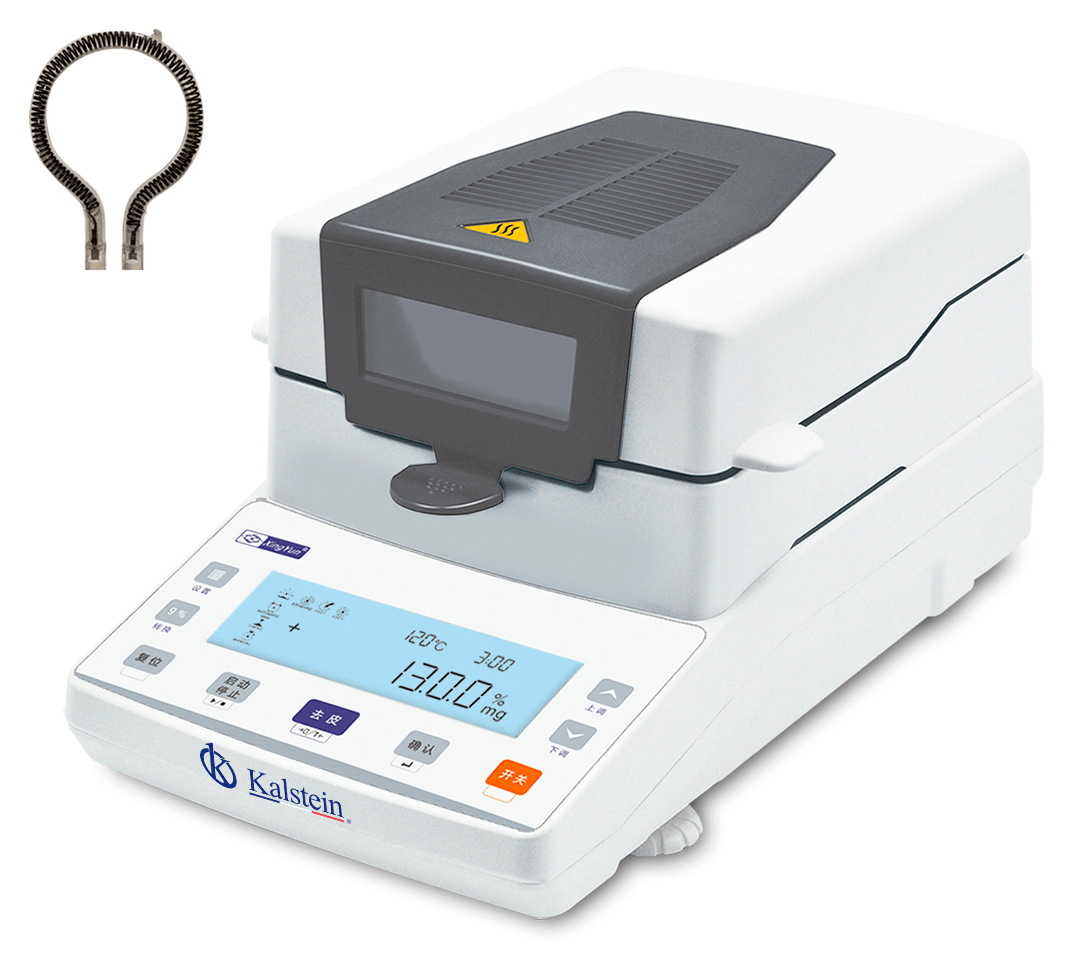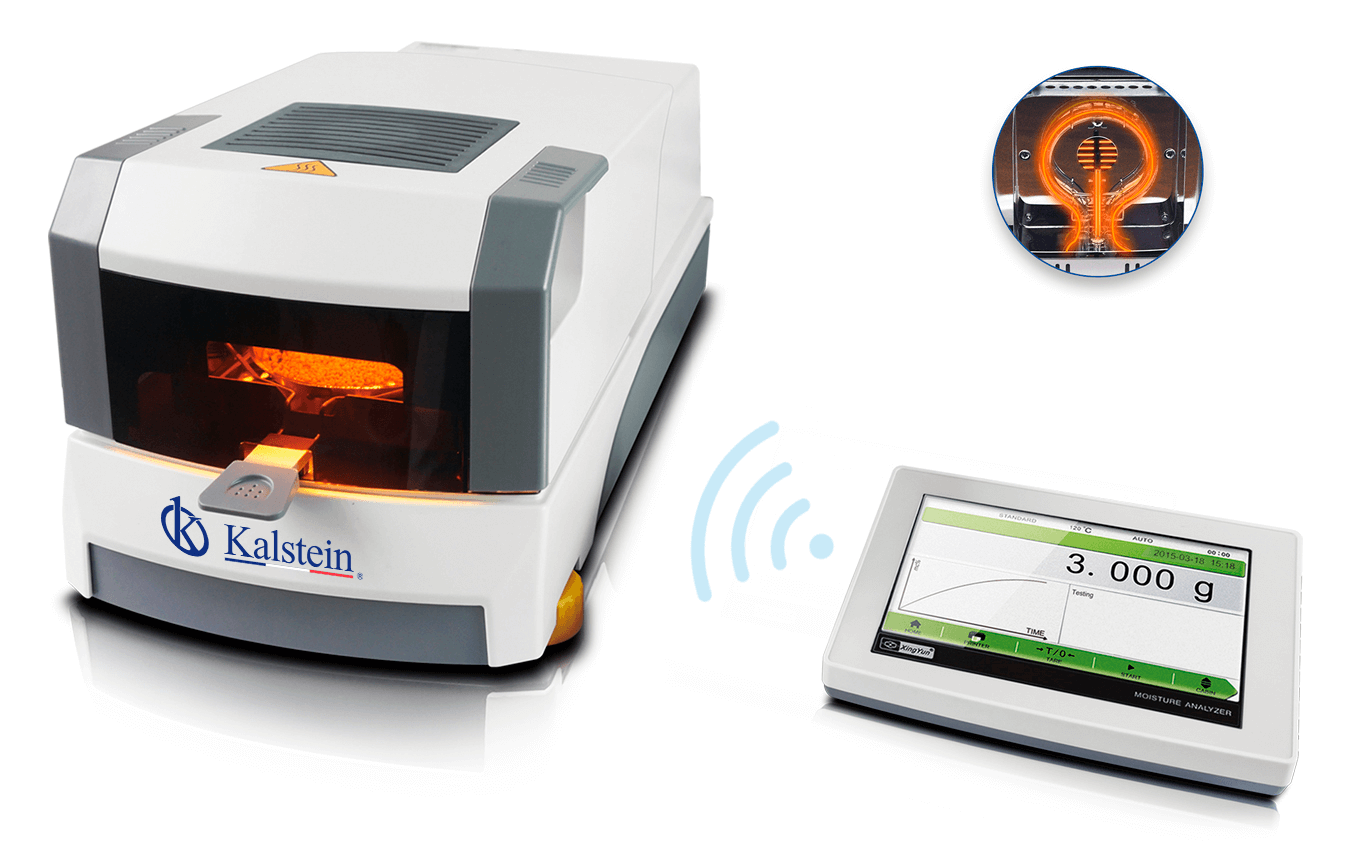At present, salinity is usually defined as the concentration (g/L or ppt) of dissolved salts, i.e. is the amount of salt in the water, which does not depend on temperature. It should be noted that the original concept emerged around 1901, when the International Council for the Exploration of the Sea (CIE) commissioned the Danish Martin Knudsen to research the ionic properties of seawater and how it related to chloride content. Knudsen defined the concept of salinity, based on the average chlorinity of ocean water and established the equation Salinity = 0.030 + 1.805 Cl – expressed in g/L. It was modified over time and by 1967 it became 1.80655 Cl – by international agreements.
In 1985, the Intergovernmental Oceanographic Commission of the United Nations Educational, Scientific and Cultural Organization defined absolute salinity as the ratio of salts dissolved in seawater to the total body of seawater (kg of dissolved salts/kg of seawater).
Importance of measuring salinity
Salinity is an important parameter for decision making at the industrial level. Salt is found in different types of water and varies significantly by reactions that occur during the hydrological cycle. High salt content can cause significant environmental and economic damage:
- Affect the yield of salt-intolerant crops.
- Reducing biodiversity in an ecosystem.
- Deteriorate infrastructure.
- Increase costs in water purification.
- It flows sea currents related to the temperature rise system of the planet.
Refractometer for measuring salt water
The refractometer is the easiest instrument to use, its operation is based on measuring the amount of curvature of a beam of light that passes through a liquid. The deviation of the light is proportional to the amount of salts present in the solution. With this method approximate values are obtained, however it has the advantage of being fast and only using a few drops of sample.
One type of commonly used refractometer is the portable, they are small (handheld) and practical, easy to handle ideal for both industry and field work, these can be analog or digital. It is distinguished from other equipment such as hydrometer and probes for its accuracy and convenience, as it does not require a complex preparation of the samples to be evaluated.
Instructions for use of the refractometer to measure salinity in water
- Initially you should clean the prism and prism cap thoroughly with a damp cloth and warm water at 20ºC.
- Before any measurement you must calibrate the equipment, for this with the help of a micropipette suck distilled water and place a few on the glass. The liquid should be evenly distributed over the sample holder.
- Look through the viewfinder pointing to a light source and value the graphic being observed. If it is necessary to focus the scale, lean on the gage screw or until they are clearly visible.
- Look through the viewfinder at a horizontal line that separates a dark area from a light area at the top of the image. This is the reference line to determine your reading on the measuring scale. To calibrate it must be zero.
- To obtain a salinity measurement of the water, dry the sample glass and the refractometer cover with a clean paper after calibration. Then repeat the procedure described but with the sample to be evaluated, take the measurement where the reference line marks on the scale. After measuring hot samples it is not recommended to use water below 10ºC.
- Finally, clean the instrument with a damp cloth with distilled water and store it in its case.
At KALSTEIN we are MANUFACTURERS of Portable Refractometers of 0-10%, 0-32%, 0-50% and 58-92%. We offer you precision optical instruments with advanced technology, adjusted to your requirements. For more information about our products, PURCHASE, SALE and PRICING, please visit our website click HERE



